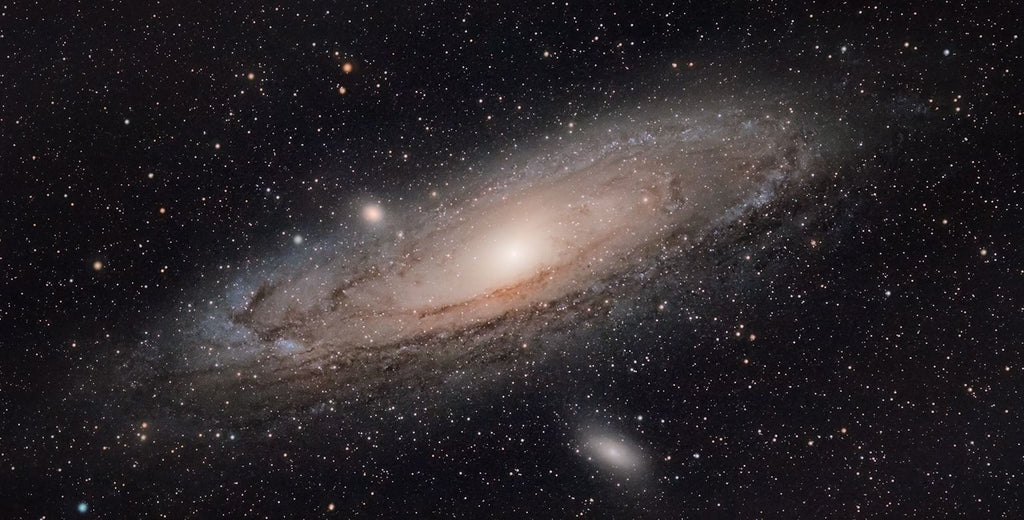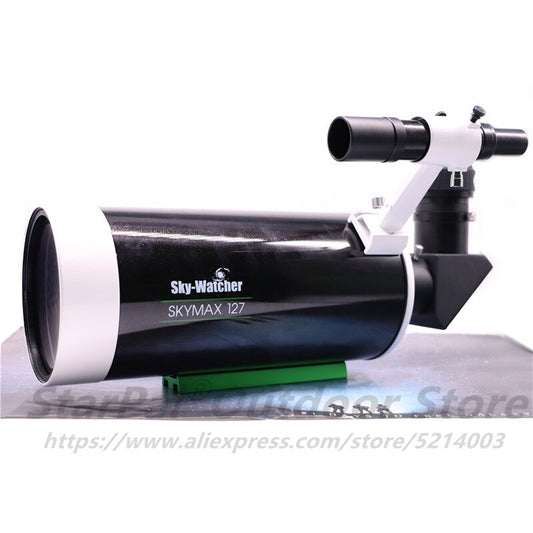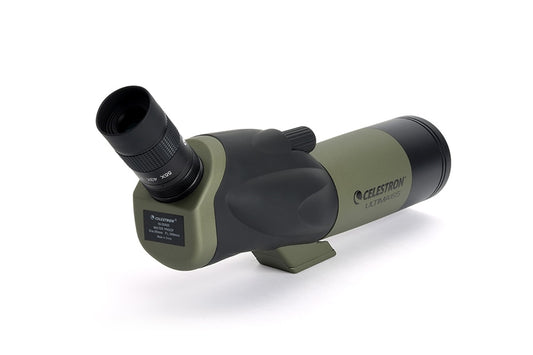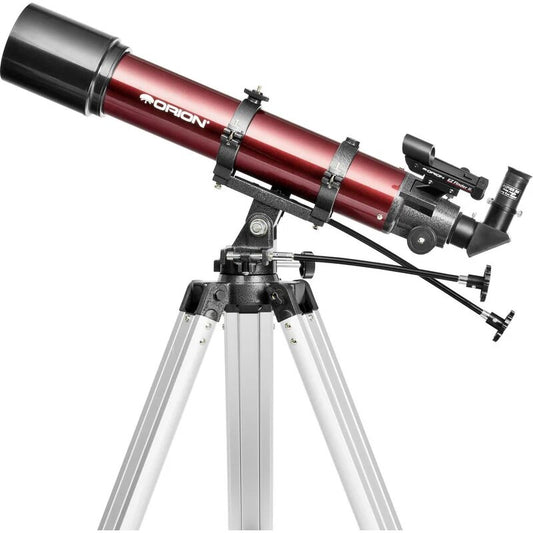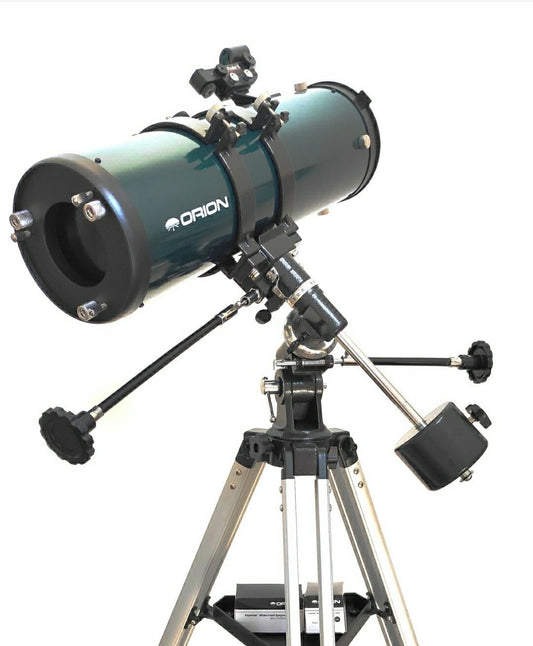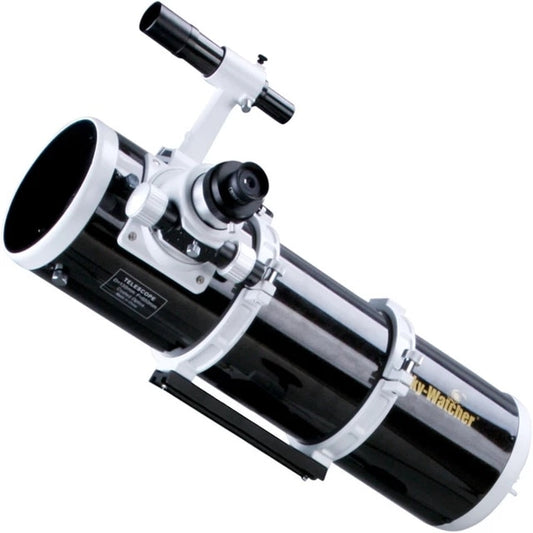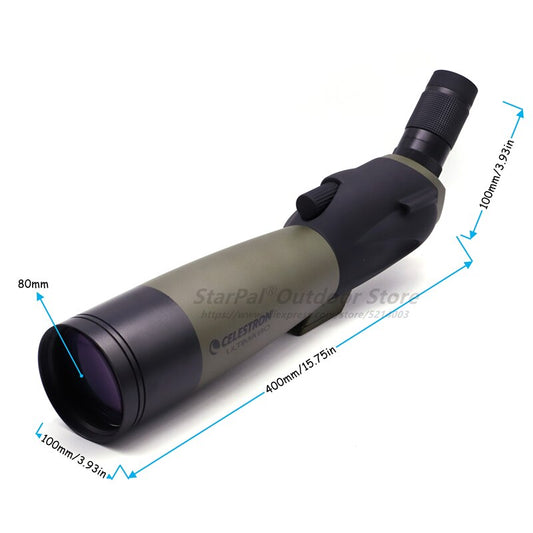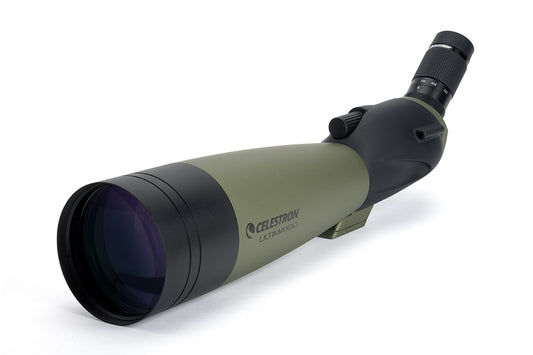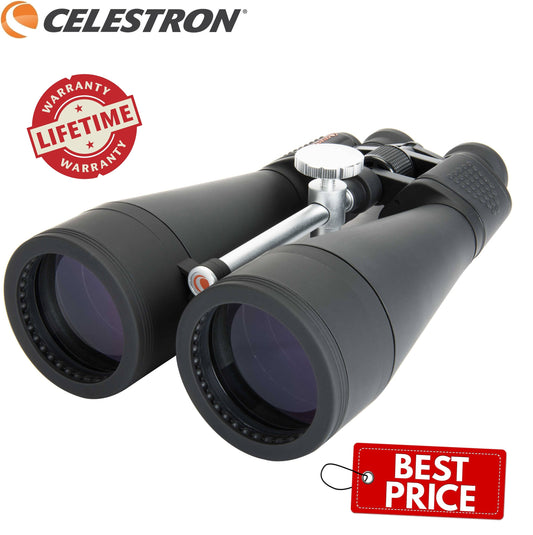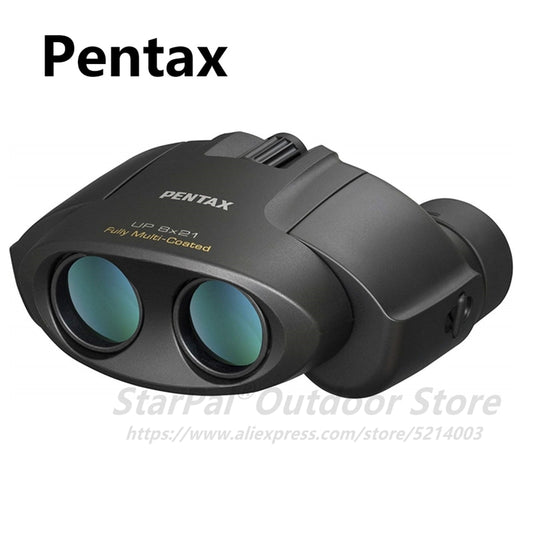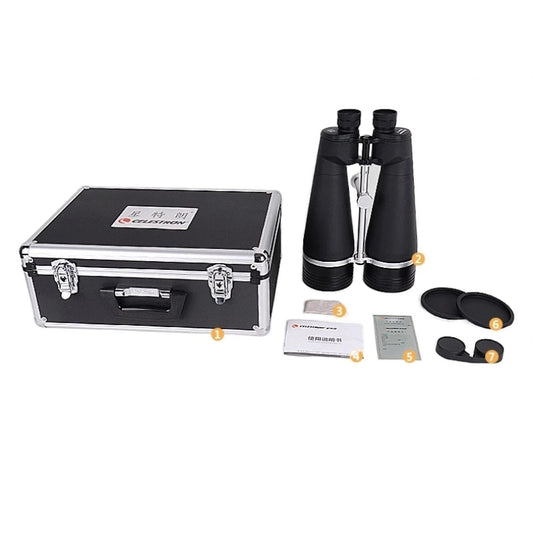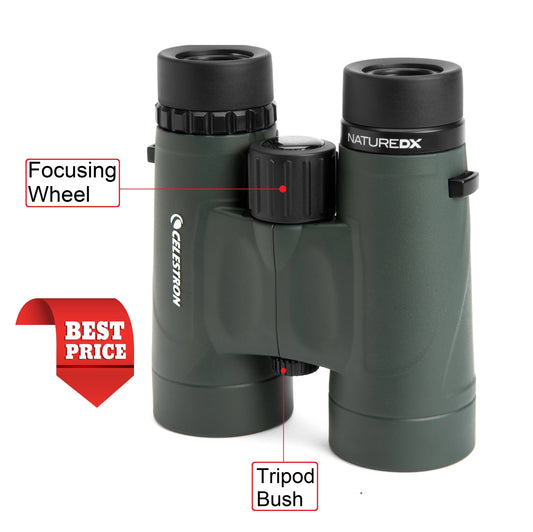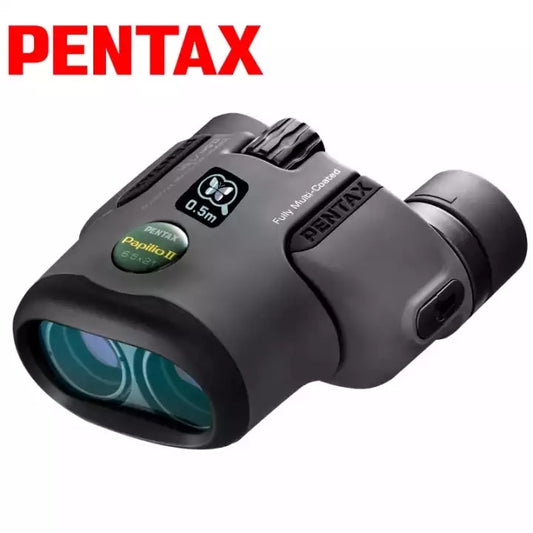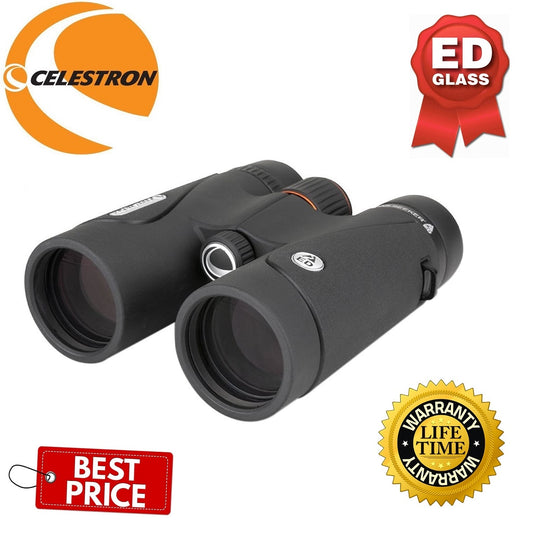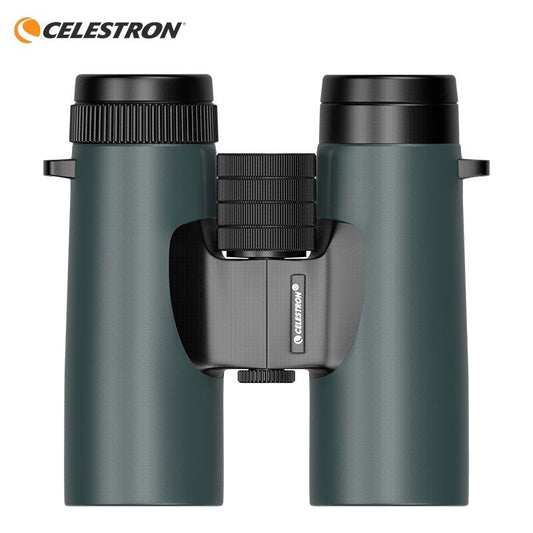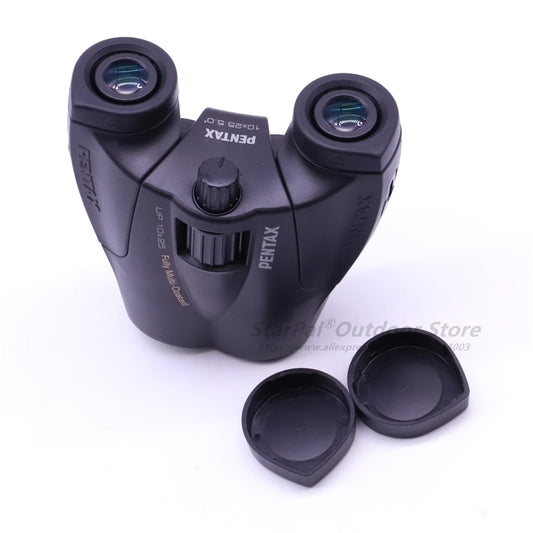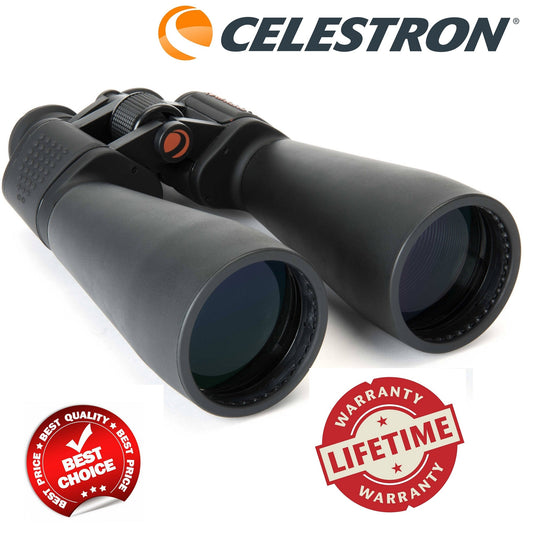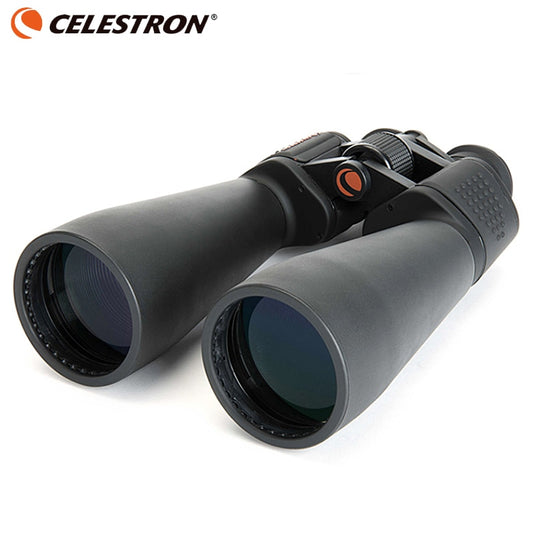Stargazing
Stargazing is a fascinating activity that has captivated humans for centuries. The night sky is a canvas of beauty that is both peaceful and awe-inspiring. For millennia, people have looked up at the stars and wondered about their meaning and significance. Whether you're a seasoned astronomer or a beginner, stargazing can be a fulfilling and relaxing pastime. In this blog post, we will explore the wonders of stargazing, the equipment needed, and some of the best locations for stargazing in the world.
What is Stargazing?
Stargazing is the act of observing celestial objects in the night sky, including stars, planets, and galaxies. It is a great way to connect with nature and learn about the universe. Stargazing can be done with the naked eye, but a telescope or binoculars can enhance the experience. Amateur astronomers often use telescopes to see distant objects in greater detail, but beginners can still enjoy stargazing without any equipment.

Equipment Needed for Stargazing
If you're serious about stargazing, investing in a telescope can greatly enhance the experience. However, there are some other tools that you can use to make stargazing more enjoyable. Here are a few pieces of equipment that you might find useful:
- Telescope - A telescope can help you see stars and planets in greater detail. There are several different types of telescopes available, but a refractor or reflector telescope is a good choice for beginners.
- Binoculars - Binoculars can be used to see celestial objects in greater detail. They are a good choice if you don't have a telescope or if you want to travel light.
- Star Chart - A star chart can help you identify the different stars and constellations in the sky. There are several free apps available for smartphones that can also help you identify stars and planets.
- Red Flashlight - A red flashlight can be used to see in the dark without disrupting your night vision.
- Comfortable Chair - Stargazing can require you to spend long periods of time sitting outside, so a comfortable chair can make the experience more enjoyable.
Best Locations for Stargazing
The quality of stargazing depends on several factors, including light pollution, weather, and the time of year. Here are some of the best locations in the world for stargazing:
- Mauna Kea, Hawaii - Mauna Kea is home to several observatories and has some of the clearest skies in the world. It is a popular destination for astronomers and stargazers alike.
- Atacama Desert, Chile - The Atacama Desert is one of the driest places on Earth and has some of the clearest skies in the world. It is home to several observatories and is a popular destination for stargazers.
- Death Valley National Park, California - Death Valley National Park has some of the darkest skies in the United States. It is a great place to see the Milky Way and other celestial objects.
- Aoraki Mackenzie International Dark Sky Reserve, New Zealand - This reserve is one of the best places in the world for stargazing. It is home to several observatories and has some of the darkest skies in the world.
- Northern Norway - Northern Norway is known for its aurora borealis, or Northern Lights. It is also a great place to see the stars, especially during the winter months.
Tips for Better Stargazing
To make the most out of your stargazing experience, here are some tips to keep in mind:
- Choose a clear night - A clear, moonless night is ideal for stargazing. Check the weather forecast before you head out to make sure there won't be any clouds or rain.
- Avoid light pollution - Light pollution from cities can make it difficult to see the stars. Try to find a location away from bright lights and buildings.
- Give your eyes time to adjust - It takes about 20 minutes for your eyes to fully adjust to the dark. Avoid looking at bright lights or screens during this time.
- Use a red flashlight - A red flashlight can help you see in the dark without disrupting your night vision.
- Use a star chart - A star chart can help you identify the different stars and constellations in the sky. There are several free apps available for smartphones that can also help you identify stars and planets.
- Experiment with different equipment - Whether you're using a telescope or binoculars, experiment with different equipment to see what works best for you.
- Take breaks - Stargazing can be tiring, especially if you're sitting outside for a long time. Take breaks and stretch your legs to avoid getting stiff or uncomfortable.
Fascinating Facts about Stargazing
Here are some fascinating facts about stargazing that you might not know:
- The stars you see in the sky are not actually twinkling. The twinkling effect is caused by the Earth's atmosphere refracting the starlight.
- The brightest star in the sky is Sirius, which is twice as bright as any other star.
- The North Star, also known as Polaris, is located almost directly above the North Pole. It has been used for centuries as a navigation tool.
- The Milky Way galaxy contains an estimated 100 billion stars.
- The Andromeda galaxy, which is located 2.5 million light-years away, is the closest galaxy to our own Milky Way.
- The International Space Station can be seen from Earth with the naked eye. It appears as a bright, fast-moving star-like object in the sky.
- The Hubble Space Telescope has captured some of the most stunning images of the universe, including the famous Pillars of Creation.
Stargazing with Kids
Stargazing is a great activity to do with kids, as it can spark their curiosity and encourage them to learn about the universe. Here are some tips for stargazing with kids:
- Choose a clear night - A clear, moonless night is ideal for stargazing. Check the weather forecast before you head out to make sure there won't be any clouds or rain.
- Use a star chart - A star chart can help kids identify the different stars and constellations in the sky. There are several free apps available for smartphones that can also help identify stars and planets.
- Keep it simple - Start by pointing out the brightest stars and constellations, such as the Big Dipper and Orion.
- Make it fun - Bring along some snacks and drinks, and encourage kids to bring a cozy blanket or sleeping bag to lay on.
- Teach them about the universe - Use stargazing as an opportunity to teach kids about the planets, galaxies, and the universe.
- Ask questions - Encourage kids to ask questions and be curious about the stars and the universe.
Conclusion
Stargazing is a fascinating and rewarding activity that offers countless benefits, both educational and therapeutic. From reducing stress and anxiety to promoting mindfulness and sparking curiosity, stargazing has something to offer everyone. By following some simple tips and investing in the right equipment, anyone can enjoy the beauty of the night sky and explore the wonders of the universe. Whether you're stargazing alone or with family and friends, there are countless opportunities to connect with nature and learn about the cosmos. So, take some time to look up at the stars and discover the magic of stargazing for yourself.
More Stargazing Topics:
- Planet Alignment
- What is the Big Bang Theory
- How to Find Planets in the Sky
- Order of the Planets From the Sun
- Facts About the Solar System
- How Big is the Sun
- Different Types of Galaxies
- Betelgeuse Supernova
- The Pillars of Creation
- Rho Ophiuchi Cloud Complex
- Mirrorless Camera vs DSLR
- How to View the International Space Station
- Weird Planets
- QHYCCD Polemaster






